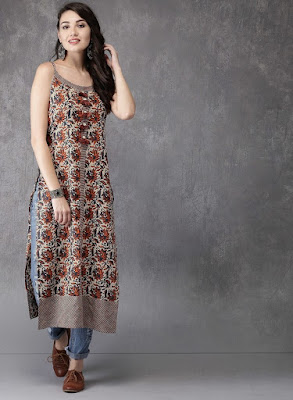BASICS OF CLASSY STYLE
#1 WEAR ITEMS THAT ARE MADE OF CLASSIC FABRICS
Classic, timeless clothing made of materials that will last well into the next decade is what you should be looking to add to your essential wardrobe. Think cotton, wool, linen, and silk. These four basic fabrics will stand the test of time if cared for properly. Cleaned and pressed, items made of these fabrics tend to give off a classy vibe all on their own.
These fabrics also have variations that allow you to expand on your wardrobe. Denim is one example of a cotton fabric that cuts across all style lines, from street to boho to minimalist. Similarly, chino cotton works excellent in pants, blazers and even moto jackets (for the street style in you!). Then there is cashmere, a type of wool that feels heavenly against the skin and doesn’t pill with age. Cashmere sweaters, whether they are cardigans, V-necks, or crewneck pullovers pair perfectly with those denim jeans, as well as tailored pants and skirts.
A word to the wise with these fabrics: Read the labels and care for them properly to make them last. While wrinkle-free cotton has become more available, most cotton items will need to be ironed. (Classy outfits are not wrinkly!) Wool, linen, and silk often have to be dry-cleaned or hand-washed. Make a mistake, and you may have to give your 6-year-old-niece that wool cardigan that was a staple in your wardrobe but shrunk in half thanks to your dryer.
#2 IF IN DOUBT WEAR SOLID NEUTRALS
Bold patterns and prints can definitely work in a sophisticated and classy look, but you may not be comfortable with such patterns if you are just beginning on your classy style journal. Neutrals are your friend in this case. Solids are plentiful in the stores (and probably your closet), easily combined, and help to stretch your wardrobe.
Typical neutrals are white/beige/cream, navy blue, black, and gray. Now, don’t think you have to dress head-to-toe in black (or other neutral). Monochromatic (different shades or tints of the same color) allow you to vary a color but remain classy. Or you can add small accents that can transform a solid into something eye-catching, like a skinny burgundy alligator belt, a paisley scarf, or a pair of red pumps. Want to know more about monochromatic dressing? Make sure to read What is Monochromatic and How to Wear a Monochromatic Outfit.
#3 FIT IS KEY
Classy and sophisticated clothing is typically tailored and form-fitting (not too tight, but you can show off your figure). Skirts should hit just above or below the knee, as should your classy dresses. Classic trousers are straight, slightly wide, faintly bootcut, or menswear-inspired and should be ½-inch off the floor in the back. Wide-leg pants and skinny pants in classic fabrics are also acceptable, as are ankle pants (shades of Audrey Hepburn!). Blazers, blouses, and sweaters should follow the curve of your waist.
Do not hesitate to take items to a local dressmaker or tailor to be altered to fit correctly. Love that shift dress at Nordstrom, but it’s too big in the bust? That’s a $15 fix. Are those gray wool pants in your closet too long for classic 3-inch pumps or do you want to wear them with flats? Another $10-15 fix. Remember, good quality clothes will last you for 10+ years, and it is a small price to pay for alterations. Beats having to replace cheap pants every three years.
Not everything you wear has to be perfectly tailored and form-fitting. You can mix in unstructured pieces for a more relaxed vibe. Pair a blue-striped t-shirt with chinos and a denim jacket or a flowy maxi skirt with a crisp white button-down shirt (roll up those sleeves for added panache!).
Here is an example of how to wear a jumpsuit, and in this outfit, I opted for solid neutrals and paired a structured blazer with a flowy jumpsuit.





Great...😊
ReplyDeleteVery helpful 😇
ReplyDeleteWaiting for upcoming vlogs
ReplyDelete